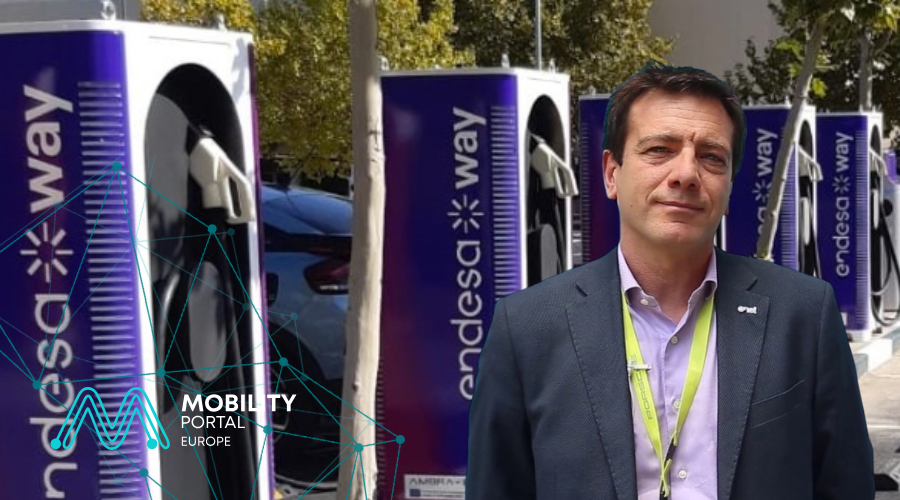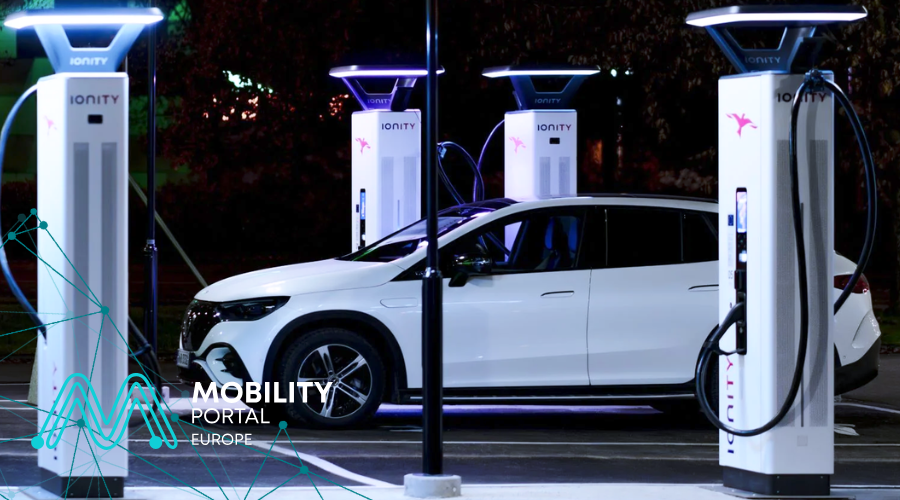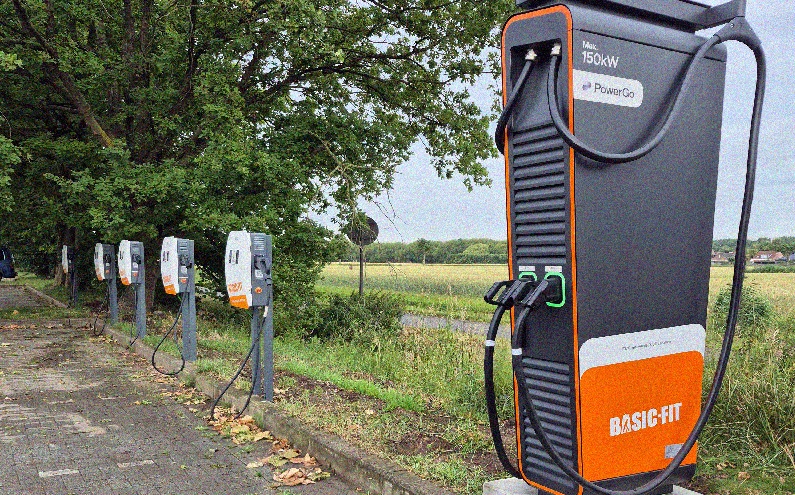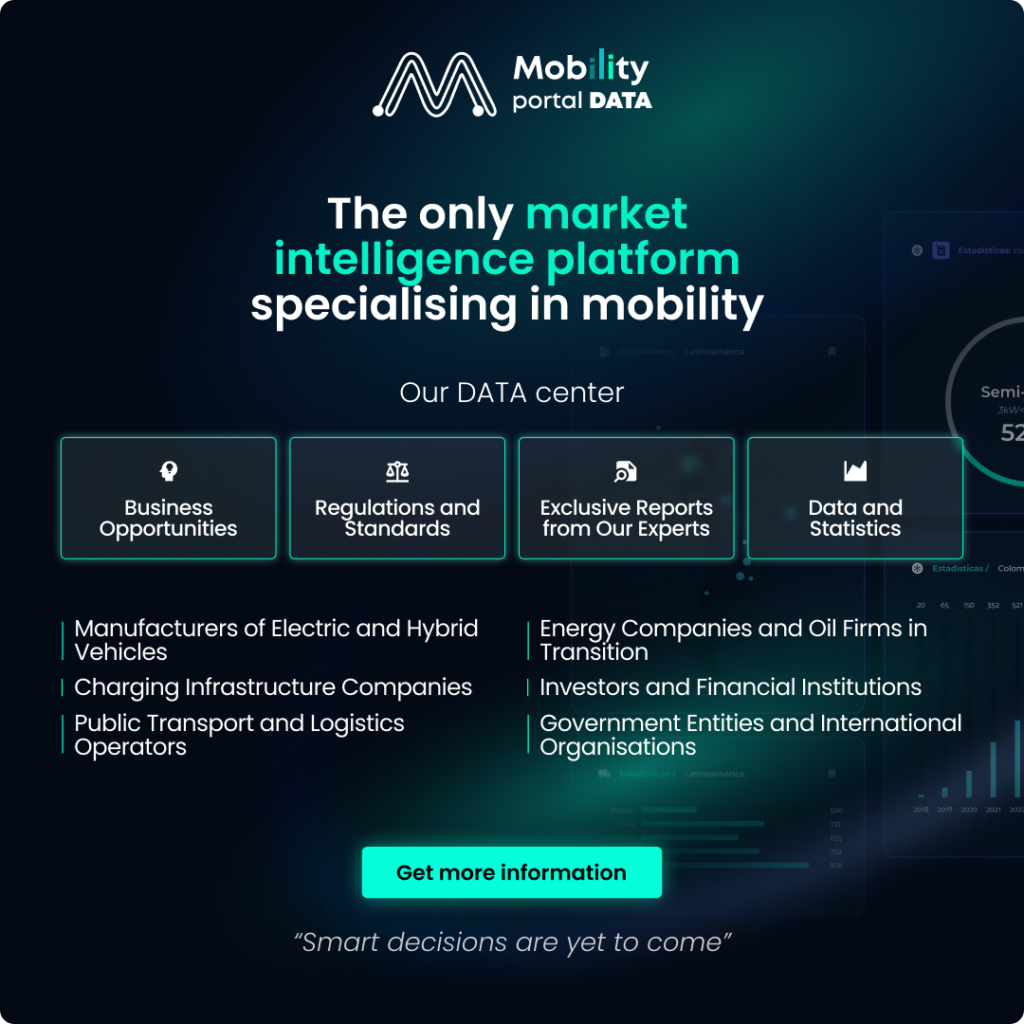“Charging infrastructure must make sense not only for users, but also for those who invest in it.”
This was the message from Simone Tripepi, CEO of Enel X Way, during the event “Smart mobility and urban innovation. Towards a new vision of the city”, organised by BLB Studio Legale and promoted by Senator Gianni Berrino.
In his address to the Senate, Tripepi highlighted Italy’s leading position in terms of charging infrastructure: over 64,000 public charging points nationwide for a fleet of fewer than 300,000 battery electric vehicles.
This ratio, he explained, places Italy ahead of markets such as Germany, France, the UK and even Norway in terms of charging points per 100 electric vehicles.
“I’m not considering plug-in hybrids, as they have alternative options for charging. But without doubt, Italy stands out for the balance between available infrastructure and real demand,” Tripepi stated, citing data from the latest Motus-E report.
This leadership is also reflected in the rapid growth of the charging network: in the past three years, Italy has doubled its number of public charge points, with strong concentration in regions like Lombardy, Emilia-Romagna and Piedmont, while the South and islands still show more limited coverage.
Most charge points installed are alternating current (AC), although direct current (DC) fast-charging stations are increasingly being deployed, driven by companies such as Be Charge, Free To X, and Enel X Way itself.
Tripepi clarified that the electric network and its deployment logic cannot follow the model of traditional fuel stations, built for combustion engine vehicles.
“They are different contexts, with different costs and dynamics. If a charge point isn’t economically sustainable, then it simply shouldn’t exist,” he argued.
According to the CEO, the country is experiencing a mature stage of infrastructure development, both public and private. When factoring in residential wallboxes, especially in single-family homes and businesses, the coverage improves even further.
“The overall state of public and private infrastructure is healthy. It is performing better than the current demand,” he noted.
However, growth must be strategic. Every new charging point must be justified within the electric mobility ecosystem, taking into account its financial viability, expected usage, and ability to generate tangible value.
“Each new installation must deliver value for both citizens and investors,” Tripepi insisted.
The aim, he concluded, is to ensure the long-term sustainability of the system, avoiding underused or financially unviable infrastructure and building an intelligent, efficient network aligned with the goals of the energy transition.
READ MORE
-
Ekoenergetyka: What do major CPOs like Telpark and IONITY look for?
With a strong industrial backbone and a robust after-sales strategy, Polish manufacturer Ekoenergetyka is stepping up its game in southern Europe. The company aims to become the go-to partner for scalable, reliable and locally adapted charging infrastructure.
-
PowerGo opens new fast-charging hub in Belgium
With charging points of 30 and 150 kW, Basic-Fit and PowerGo offer a convenient charging solution for both gym members and EV drivers passing through.
-
chargecloud llega a 80.000 cargadores conectados: ¿Cómo funciona el ecosistema alemán de software eMobility que llega a España?
chargecloud nombra a Joel Martín como Country Manager para liderar su lanzamiento en España. Con su plataforma modular y fiable de 360°, la empresa alemana pretende posicionarse como una referencia de CPMS en el sur de Europa.










